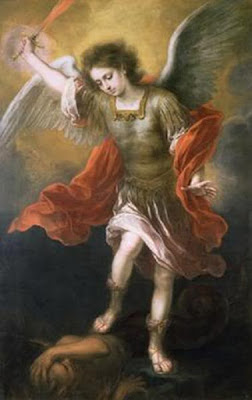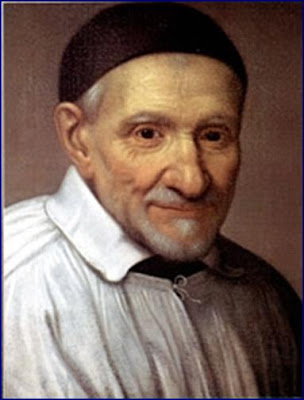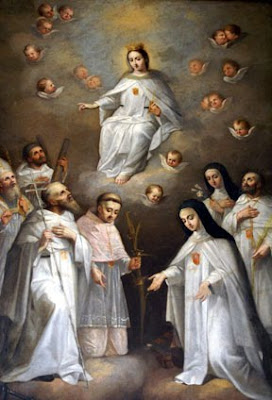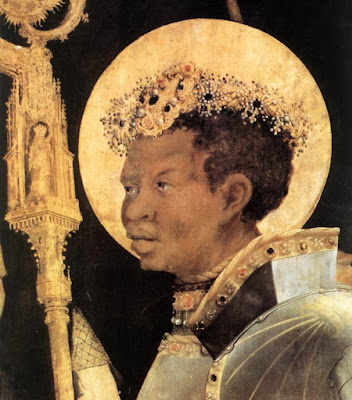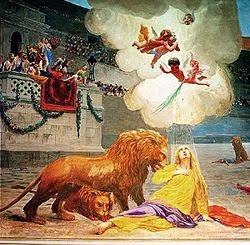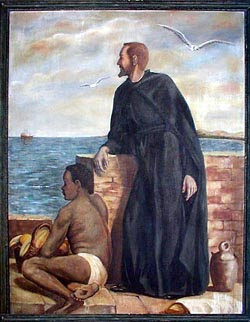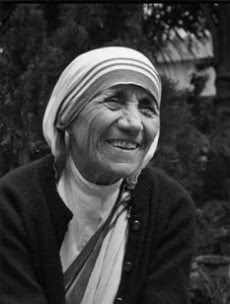St. Jerome

The fourth century AD , which had its important moment in the 380 with the edict of Emperor Theodosius who ordered that the Christian faith had to be adopted by all peoples of the empire , is full of great figures of saints, Athanasius , Hilary, Ambrose, Augustine , Chrysostom , Basil and Jerome. The latter was born in Stridonia (Dalmatia ) around the year 340, he studied in Rome where he was baptized. His spirit is encyclopedic , his literary work reveals the philosopher, the orator , the grammarian , the dialectical , able to think and write in Latin, Greek, Hebrew writer, rich , pure and robust at the same time. He was responsible for the Latin translation of the Old and New Testament, which became, with the title of Vulgate, the official Bible of Christianity. Jerome is a personality very strong : everywhere where you raise enthusiasm or controversy. In Rome lashes the vices and hypocrisies and calls for new forms of religious life , attracting them to some influential women patric...
